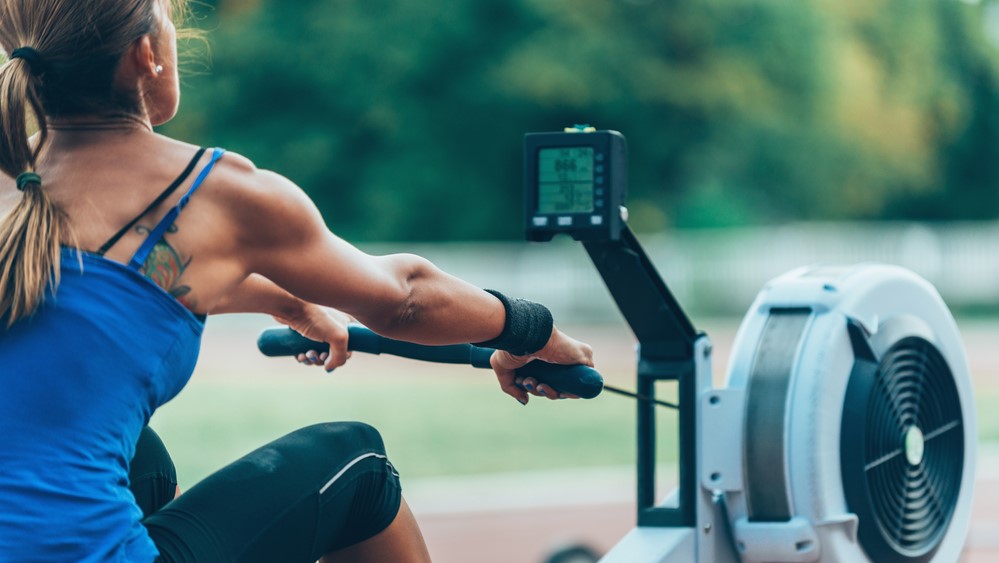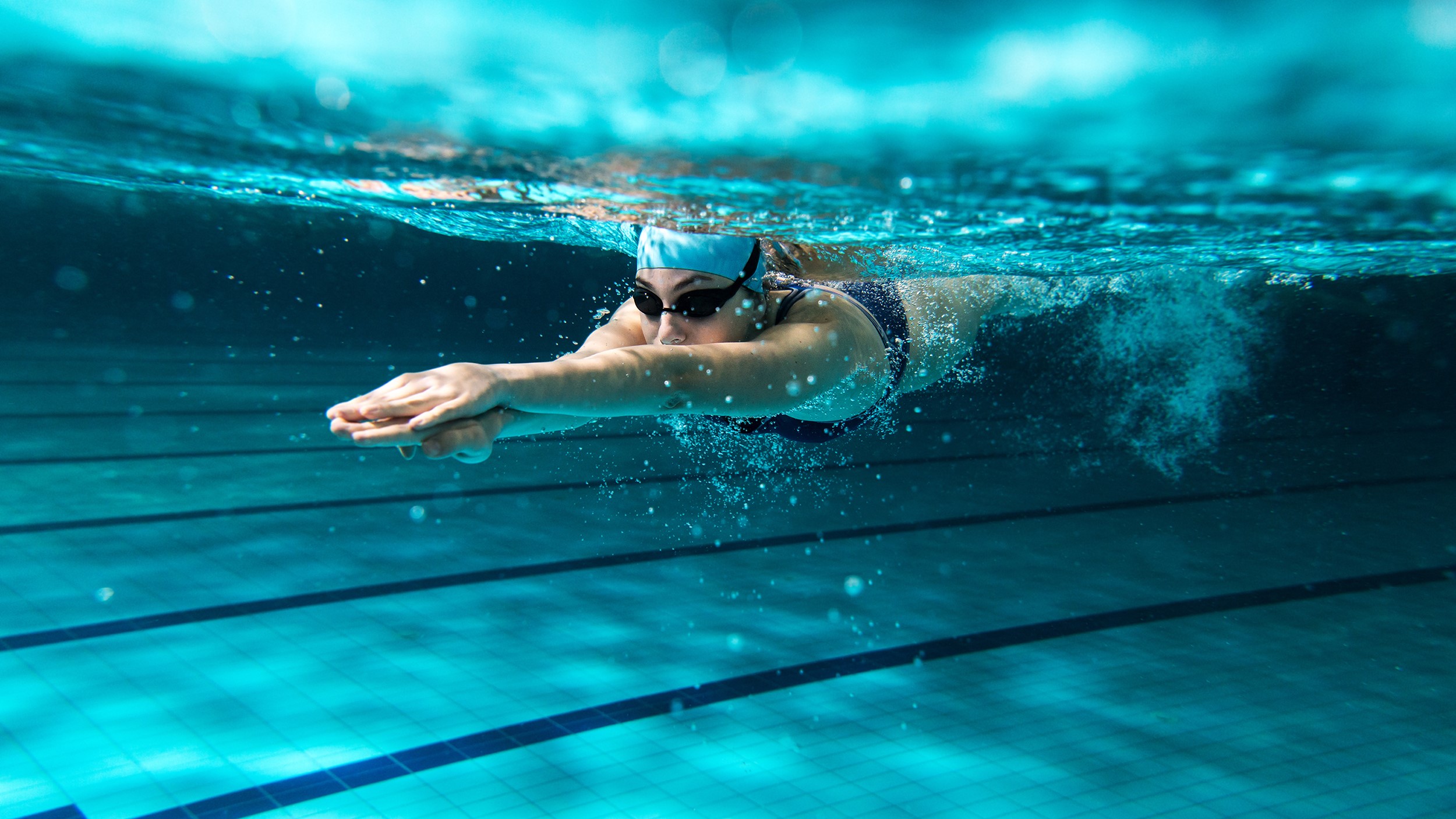
Cardio workouts are a great way to boost fitness and endurance, as well as being useful for calorie burning and weight loss. Rowing and swimming are two such workouts, with both offering benefits when it comes to physical health.
Rowing might often seem more practical, especially as it can be done on a rowing machine at the gym or at home. Swimming on the other hand does require water, naturally, so it might be harder to access for some.
Either way, the big question is which burns more calories. We asked an expert for insight into the benefits of rowing and swimming and delved deep into the calorie burn of each style of cardio. Read on to find out more.
Rowing vs swimming: Benefits
Both rowing and swimming provide several benefits for our overall health. Lucy Campbell is a CrossFit Athlete and coach, ex-international swimmer, and Fittest Woman in the UK 2022.
One benefit of rowing is that it’s a full-body cardio workout, explains Campbell. “As with all forms of cardio, it can help improve your heart and lung health, increase your stamina, and lower the risk of heart disease. It engages multiple muscle groups, including your legs, core, back, and arms which results in a comprehensive and balanced muscular development.”
Plus, Lucy adds that rowing is gentle on the joints in comparison to running, making it suitable for people of various fitness levels and ages. It’s also less likely to cause an injury as it’s low impact.

“You can use the rower in a multitude of ways, whether that be high-intensity interval training or lower-intensity aerobic training. For example, one of the most popular fitness tests is a 2km row time trial, which can be trained for by completing a series of progressive and very challenging intervals. On the other hand, you can also do longer stints on the rower to develop your aerobic base,” adds Lucy.
That said, you’ll also get a great full-body cardio workout from swimming; whether you’re in the pool or swimming outside. Swimming is low-impact, as the buoyancy of the water reduces stress on the joints — “it’s, therefore, a great option for individuals recovering from injuries where they may be avoiding loading the spine or knees”, she explains.
The fact that swimming is low impact also makes it a great form of active recovery, especially for those who have a high-intensity training routine, says Lucy. Swimming also encourages rhythmic and controlled breathing, which Lucy adds can be beneficial for those with asthma or other respiratory conditions.
Rowing vs swimming: Which is better for a cardio workout?
Both of these exercises are great forms of cardio exercise, working the heart and lungs, however, Lucy does have a personal favorite. “As an ex-swimmer myself, my personal preference for cardio would be swimming. It’s gentle on my joints and gives me options for increasing intensity with speed and stroke choice whereas rowing can be quite monotonous.”

But, if it’s practicality you’re after, Lucy says that rowing can be more easily integrated into functional training and CrossFit workouts. “So in that regard, it can be more beneficial to help build your engine if you aren’t looking at it from a monostructural perspective.
Rowing vs Swimming: Which burns more calories?
When it comes to which of these sports burns more calories, Lucy says it’s pretty much dependent on the intensity that you train at as well as how long you perform an exercise for.
“For both swimming and rowing, you can reach your peak heart rate zone but it is perhaps a little easier on the rowing machine — particularly if you are new to swimming you may get out of breath, but your heart rate might not go as high as this is due to breathing technique efficiency.”
Lucy adds: “With swimming, people are more likely to do an hour (or more if you compete), whereas you wouldn’t usually spend that much time on a rower alone: if you are working out for a longer duration, you will burn more calories (generally speaking, as it all depends on the intensity).”
But, if you were to row and swim for the same amount of time, rowing does slightly trump swimming in terms of calorie burn.
It’s worth remembering that the heavier you are, the more calories you’ll burn as your body has to work harder. So whether you’re swimming or rowing, you will burn more calories if you’re heavier.
Rowing vs Swimming: Verdict
Want to burn more calories when rowing or swimming? Increasing the intensity is the best way to do this in a shorter space of time; go harder on the rower or try doing a rowing HIIT (High-Intensity Interval Training) workout which involves short sprints followed by rest, repeated several times.
In the pool, increase your speed, or try breaking your swim up into faster chunks with short breaks in between.
Do note that Lucy recommends supplementing both swimming and rowing with strength training “to help progress you in each sport as well as provide your body with the necessary muscle required for movements in everyday life or if you choose to venture into another sport”.







